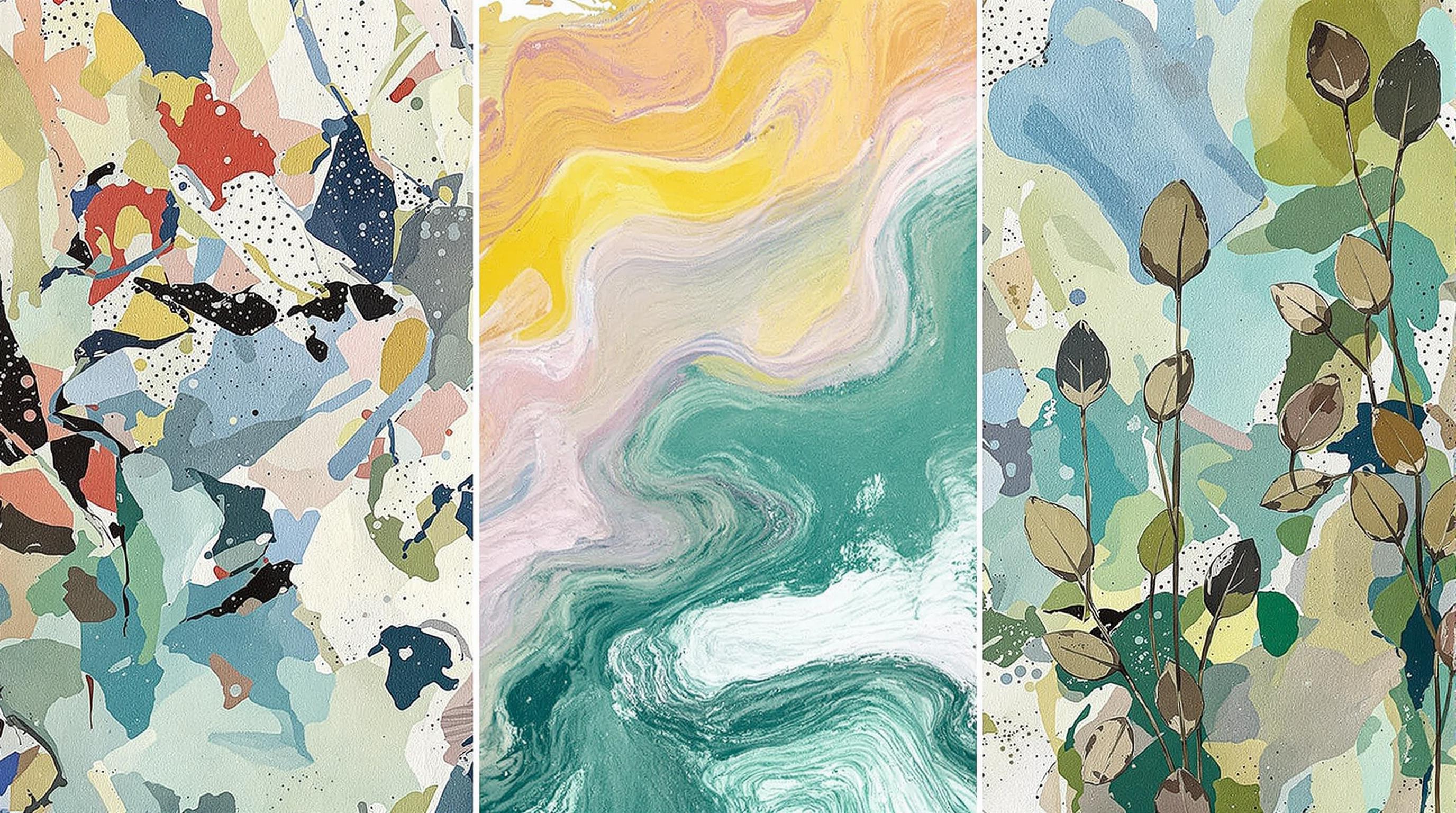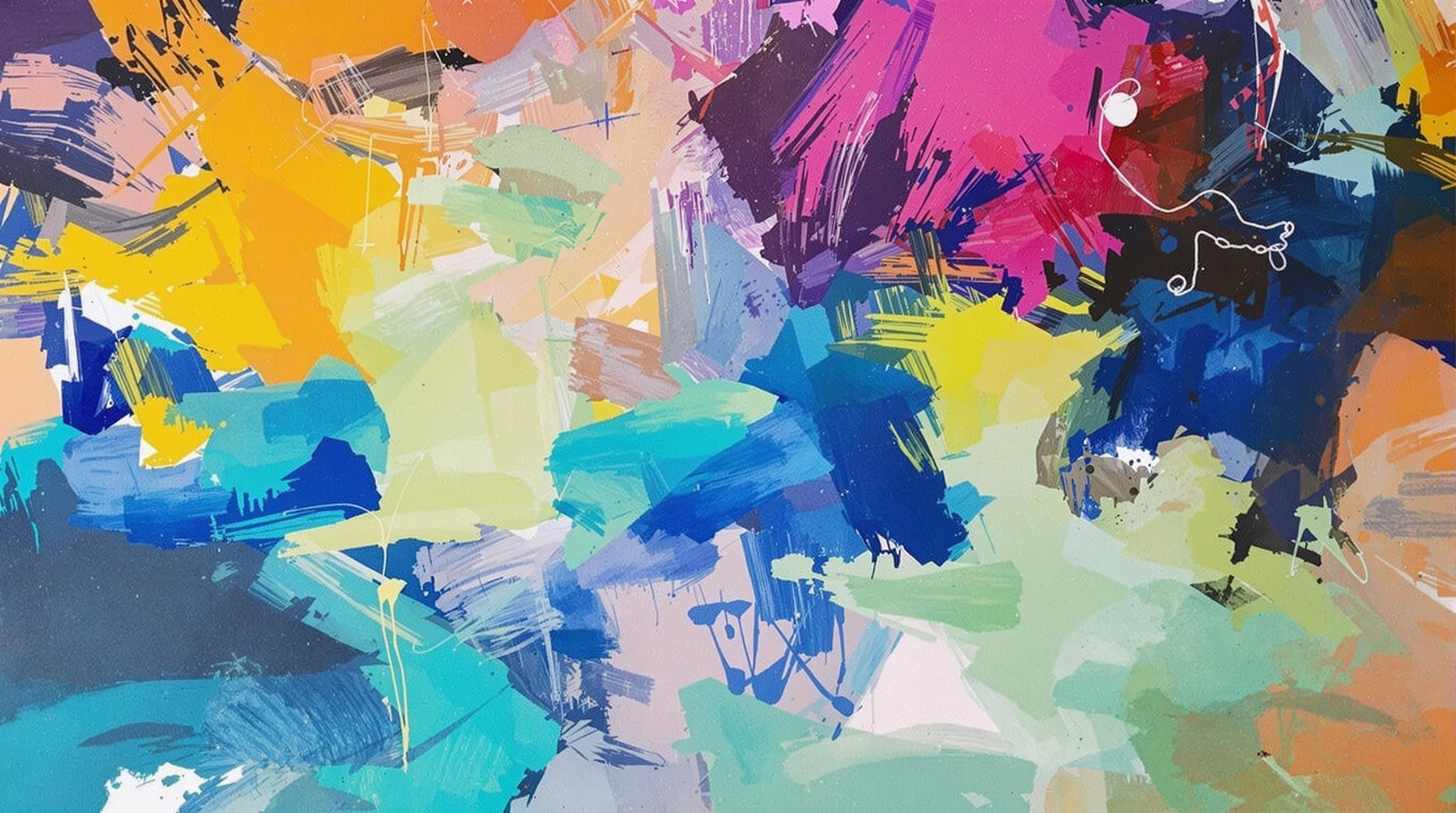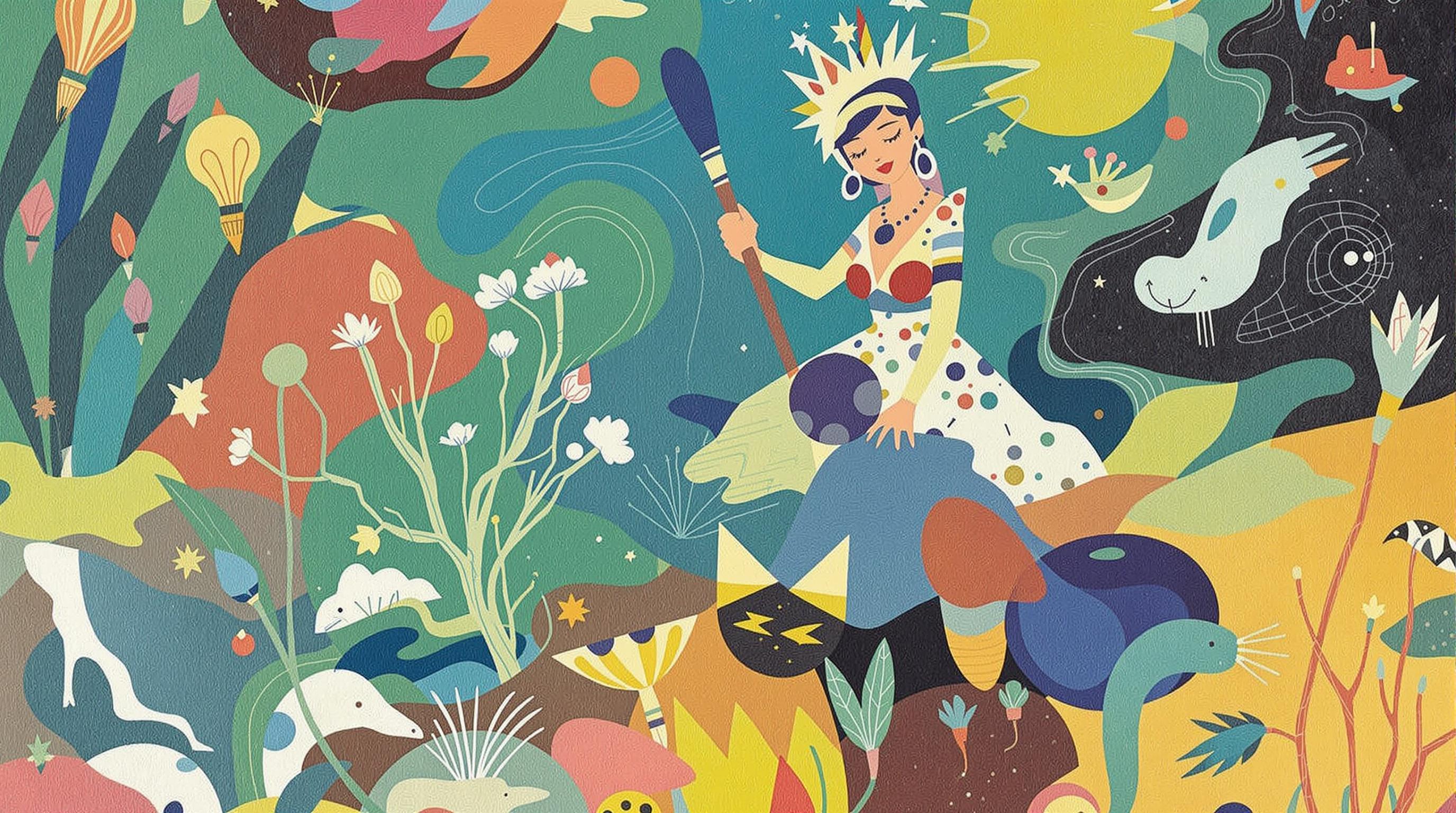Related Articles
- The Hidden Influence of Ergonomics: How Tool Design Shapes Our Physical Spaces and Daily Lives
- The Silent Influence: How Hidden Home Implements Shape Our Daily Routines and Spaces
- The Counterintuitive Role of Chaos: How Messy Tool Storage Can Lead to Unexpected Home Innovations
- Exploring the Unseen: How Audio Experiences Shape the Art of Domestic Spaces and Color Perception
- Rethinking the Mundane: How Everyday Objects are Becoming the Canvas for Modern Artistic Expression in Home Spaces
- Cultivating Chaos: The Surprising Benefits of Embracing Weeds in Your Garden Ecosystem
9 Intriguing Artistic Techniques Borrowed from Nature for Innovative Painting and Decor Projects: Revitalize Your Home's Aesthetic
9 Intriguing Artistic Techniques Borrowed from Nature for Innovative Painting and Decor Projects: Revitalize Your Home's Aesthetic
9 Intriguing Artistic Techniques Borrowed from Nature for Innovative Painting and Decor Projects: Revitalize Your Home's Aesthetic
1. Watercolor Effect Inspired by Nature’s Water Bodies
The fluid and translucent hues of natural water bodies can be emulated in painting projects to bring a calm, serene feeling to any space. This technique involves layering multiple shades of blue and green to replicate the soft gradients found in lakes, rivers, or oceans. By using water or acrylic paints, artists can create a beautiful, flowing effect that mimics the way light reflects off water.
To achieve this effect, begin with a wet surface and apply diluted paint in sweeping motions. The colors will spread and blend naturally, replicating the unpredictable beauty of water. This technique is perfect for creating murals or accent walls that evoke tranquility and peace.
Additionally, artists can integrate the use of natural sponges or brushes to create textural variations, further mirroring the undulating surface of water. This idea emphasizes nature's spontaneous beauty, making it a strong choice for revitalizing home aesthetics.
2. Leaf Imprinting for Unique Texture
Nature continuously offers us organic shapes and designs, and leaf imprinting is a perfect example of this. By using real leaves and applying paint or ink to their surfaces, you can create stunning wall art or decorative pieces that capture the intricate details of foliage. This technique utilizes the natural contours and veining of leaves to generate authentic textures.
For this project, pick a variety of leaves from the garden, apply a layer of paint, and press them onto canvas, paper, or even furniture. The results are often unexpected yet beautiful, giving each piece a unique character that reflects the diversity of nature.
Incorporating leaf imprints into your home decor can be an excellent conversation starter, blending natural beauty with artistic expression. Layering different sizes and shapes will also add depth and interest to your work.
3. Earth Pigments for a Natural Palette
A return to earth pigments opens up a world of color that is both vibrant and grounded. These natural colorants, derived from minerals or organic materials, provide artists with a palette that's more aligned with the hues found in nature. Shades like ochre, umber, and sienna bring warmth and authenticity to paintings and decor finishes.
With earth pigments, painters can create a soothing color scheme for interiors. The muted tones not only harmonize with various styles of furniture and decor but can also evoke feelings of comfort and relaxation. Mixing these pigments with different mediums enhances versatility and can yield an array of brilliant effects.
Incorporating earth pigments into home decor can help create a rustic yet elegant aesthetic, particularly in areas like living rooms and kitchens. The timeless appeal speaks to a love of nature, making it a suitable choice for many homeowners.
4. Organic Patterns Using Marbling Techniques
Drawing from nature's chaos, marbling techniques emulate the mesmerizing swirls and patterns observed in stone and earth formations. Artists can create these intricate designs on various surfaces, including canvases, wood, or fabric, to introduce a bold yet organic flair to their interiors.
To create marbled effects, paint is floated on water and then manipulated using various tools or even fingertips. The result is a unique blend of colors and shapes, reflecting the beauty of natural stones like marble, granite, or agate. This technique is ideal for upcycling furniture or creating accent pieces that demand attention.
Using marbling as a method for home decor projects can invigorate spaces while providing a sense of movement and dynamism, reminiscent of nature's evolving landscapes.
5. Natural Staining with Bark and Leaves
Natural staining involves using materials derived from trees and plants to create unique color effects on wood surfaces or fabrics. Utilizing the pigments found in tree bark, leaves, or roots lends a warm, earthy aesthetic to furniture or decor items. This process showcases how nature can influence art while offering eco-friendly alternatives to synthetic dyes.
For example, walnut hulls can yield a rich, dark stain, while beet leaves produce breathtaking, vibrant reds and pinks. By boiling these natural materials, you can extract their colors, which can then be used to stain any absorbent surface.
Incorporating botanical stains into home decor not only enhances the visual appeal but also connects the decor to the outdoors, capturing the rich hues of the natural environment.
6. Textured Surfaces Using Sand and Stone
Textures derived from sand and stones can significantly enhance the visual appeal of art and home decor. This technique, where various aggregates are mixed with paint or plaster, creates patterns and surfaces that mimic the rugged beauty of cliffs, beaches, and riverbanks.
By mixing sand, small pebbles, or crushed stone into your paint, you can create a tactile finish that adds depth and interest to walls or canvas artworks. This approach not only revitalizes surfaces but also brings a bit of the outdoors inside.
The textured aesthetic is suitable for rustic or bohemian-themed interiors, encouraging a relaxed, natural vibe that resonates with outdoor beauty. This technique can be applied to both large-scale projects and smaller details, offering versatility.
7. Floral Patterns Through Stenciling
Nature's vibrant floral patterns can be replicated through stenciling techniques. This method allows artists to create intricate designs that adorn surfaces with the elegance of blooming gardens. Stencils can be made from various materials, enabling repeated patterns that can transform walls, fabrics, or furniture.
To achieve a natural look, one can draw inspiration from wildflowers or botanical illustrations. Stenciling provides an opportunity to blend colors and intricate designs without the need for advanced painting skills, making it accessible for DIY enthusiasts and seasoned artists alike.
Integrating floral stencil designs within your home decor can weave a narrative of nature’s beauty into your living space, offering a fresh, lively atmosphere.
8. Using Found Objects in Collage Art
Creating art through the arrangement of found objects is a technique that directly draws from nature’s diversity. Themes of environmental stewardship can inspire works that combine leaves, twigs, stones, and other natural materials, infusing your decor with a sense of sustainability and organic elegance.
This approach encourages creativity, as virtually any item can contribute to the resulting artwork. By incorporating objects that tell a story of their origin, you can create personalized and meaningful decor pieces that reflect your connection to nature.
Whether as a centerpiece or a wall art installation, collage designs made with found objects invite nature into your home, stimulating conversations about the environment and the beauty therein.
9. Thermoplastic Techniques for Natural Shapes
Thermoplastic techniques allow artists to mold and shape materials inspired by natural forms. This artistic method requires heating a plastic base until malleable, then sculpting it into organic shapes resembling leaves, flowers, or even landscapes. Such techniques lend three-dimensional aspects to your art and decor, creating dramatic focal points.
These dimensional creations can adorn tables, walls, or be integrated into furniture design, marrying practicality with creativity. The result is an eye-catching blend of functional decor and nature-inspired artistry.
Employing thermoplastic techniques not only showcases creativity but also results in decor that resonates with the undulating forms and fluidity found within nature. It encourages an appreciation for natural beauty in everyday life.
Conclusion
Revitalizing your home aesthetic doesn't have to be a daunting task. By drawing techniques from nature, you can create a fresh, inviting environment that reflects your unique style. These artistic methods not only enhance your living space but also foster a deeper connection to the natural world.
Embracing these artistic techniques can lead to stunning transformations in your home. From leveraging organic materials to adopting natural patterns, there's a wealth of inspiration to draw from the beauty that surrounds us.
Start experimenting with these techniques today, and watch as your home evolves into a sanctuary that celebrates both art and the wonders of nature.




